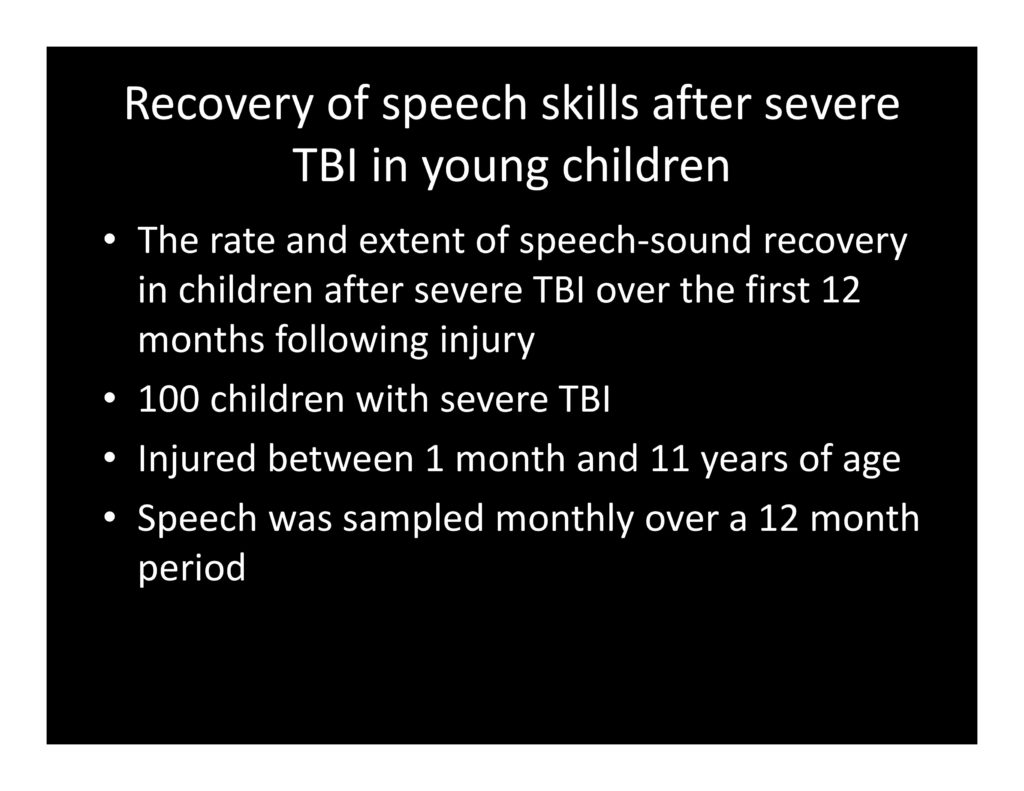The following slides accompanied a presentation delivered at ASHA’s Clinical Practice Research Institute.


Success in practice research requires strong links to clinicians, administrators and community organizations

Strategically planning how to develop these links prior to the study will often result in:
- Successful subject recruitment
- Enthusiastic support from community organizations
- Strong and lasting professional relationships
Goals

- A basic framework for establishing and maintaining strong collaborations with clinicians and organizations
- Examples from two research projects that required strong links to clinical staff and community organizations
- Relating these principles to proposed research projects by participants
Understanding Expectations
Understanding the culture and expectations of the organization

What does the organization want or expect from the research collaboration?
- Financial return?
- Acknowledgement or Authorship?
- Involvement in continuing education?
- Participation in clinical activities?
Clinician expectations

What does the clinical staff want or expect from the research collaboration?
- Research experience?
- Authorship?
- Clinical consultation?
- Research consultation?
Patient and family expectations

What does the patient and family want and expect from the research collaboration?
- Satisfaction of helping future patients?
- Reprint of research finds?
- Clinical information?
- Treatment?
Basic Principles
Some basic principles for establishing and maintaining strong collaborations

- Establish and maintain open communication
- Make the clinical staff and organization part of your research team
- Keep your promises to the clinical staff, organization and most importantly to the patients and families
- Show up (make yourself available)
Example 1: Collaboration for Subject Recruitment

Physiological development of speech in normal and disordered speakers
- Contribution of motor‐level deficits to SSD in children
- 250 children from the community
- 3‐4 years of age, with moderate to severe speech‐sound production disorders
- 3‐hour battery of speech‐motor and linguistic tasks on two different days

Challenge: establishing links to community practitioners in order to recruit subjects
- Established a relationship with each clinician
- Monthly lunches to up‐date clinicians
- Established a web‐based newsletter
- Provided clinicians with a brief summary of the child’s performance
- Hired clinical staff as recruitment coordinators
- Provided continuing education opportunities
Example 2: Collaboration for Support & Retention

Recovery of speech skills after severe TBI in young children
- The rate and extent of speech‐sound recovery in children after severe TBI over the first 12 months following injury
- 100 children with severe TBI
- Injured between 1 month and 11 years of age
- Speech was sampled monthly over a 12 month period

Two challenges:
- Challenge: Support of hospital and medical staff
- Challenge: retention of subjects

- Research support for medical staff
- Special support for parents (clinical care, parent hotline)
Callier Connect Research Communities
